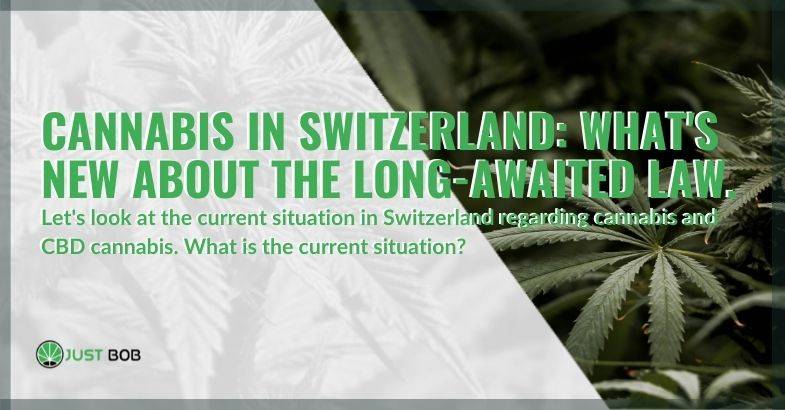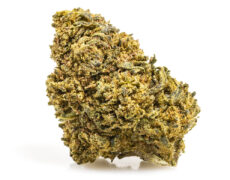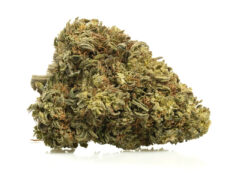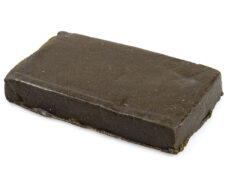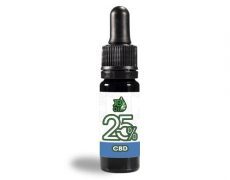Modified on: 23/10/2023
Let’s look at the current situation in Switzerland regarding cannabis and CBD cannabis. What is the current situation?
In the following article, we will shed some light on the Swiss law on cannabis consumption. Even though it is still banned, there has been an increase in the number of shops and online shops that sell hemp products entirely legally for several years now.
Contradiction? Not, because what determines the illegality of cannabis is not the plant itself, but its concentration of cannabinoids.
What are cannabinoids?
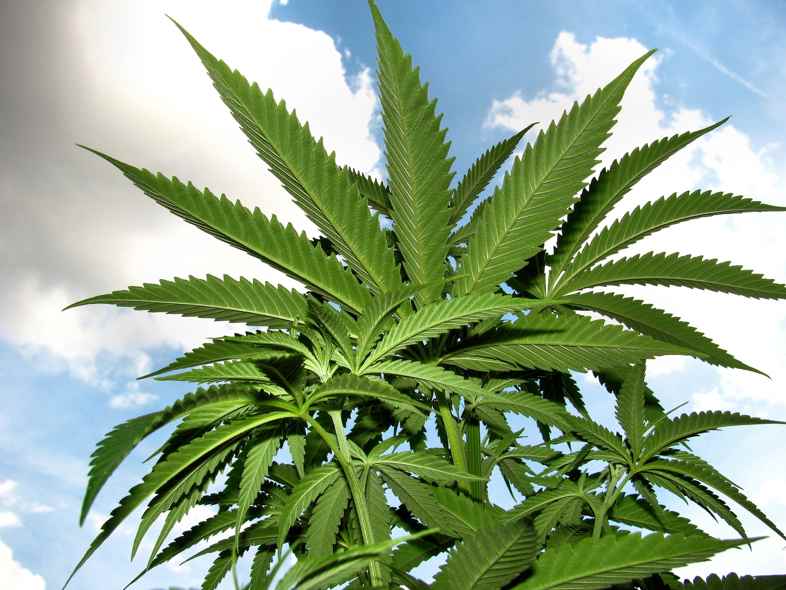

Cannabinoids are natural substances produced by Cannabis sativa (L., 1753), of which 66 have been identified. Still, the best known are delta-9-tetrahydrocannabinol (Δ9-THC), responsible for the characteristic psychoactive effects of marijuana, and cannabidiol (CBD), which produces no intoxicating effect but has numerous therapeutic properties.
These compounds affect the endocannabinoid system, a network of receptor sites found in different cell types.
The primary cannabinoid receptors in our bodies are the CB1, and CB2 receptors are primarily found in our central nervous and immune systems.
However, for cannabinoids to exert their effects on the human body, they have to undergo a process known as decarboxylation, which enables the transformation of their acid form into their final form.
All cannabinoids are present in the plant in the form of cannabidiolic acid, the molecular structure of which is different due to a carboxyl group. Still, this group is highly volatile and can be degraded by heat. For example, raw cannabis buds contain THCA rather than THC, but when burned, the heat releases the carboxyl group, turning the inactive THCA into psychoactive THC.
Read also: Cannabis in Mexico: Supreme Court pushes for ‘yes’
THC vs CBD: here are the differences
Tetrahydrocannabinol (THC) is perhaps the most famous cannabinoid and is directly responsible for the psychotropic effects of cannabis.
THC binds to both CB1 and CB2 receptors, but its action on the CB1 receptor induces psychoactive effects.
CBD is the second most abundant cannabinoid, but unlike THC, it has no psychotropic effects. Its affinity for the CB1 and CB2 receptors is weaker, and indeed, most of its effects are triggered by binding to other serotonergic receptors.
Precisely because of its non-intoxicating nature, CBD has attracted a great deal of attention, not least because of its excellent safety profile and outstanding medical value.
The differences in the psychotropic effects of cannabinoids make it necessary to regulate the use of cannabis, distinguishing between products with a narcotic effect and those with a curative effect.
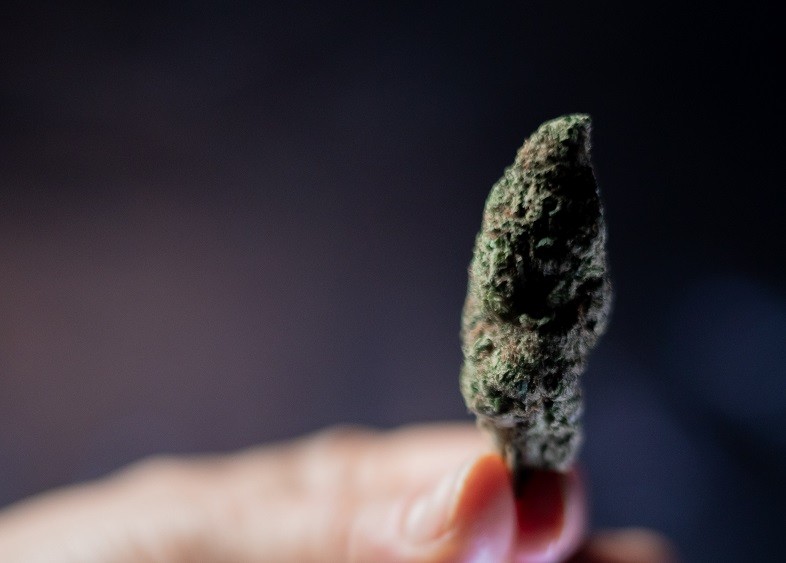

The law in Switzerland
In Switzerland, the consumption and marketing of cannabis and hashish as a narcotic is not permitted. Still, as mentioned in the introduction to this article, it all depends on the concentration of THC present in the plant.
In this respect, Swiss law has shown a high level of tolerance compared to other European countries; while the average THC level in the EU is 0.2%, it is as high as 1% in Switzerland.
It has been excellent news for farmers, who now have the opportunity to bring their hemp plants to full maturity. In the past, however, the law required an early harvest to limit the accumulation of THC in cannabis.
Switzerland currently has several regulations governing the trade, production, and use of hemp products. In addition, an information sheet is drawn up by several bodies: the Federal Office of Public Health, the Federal Office of Agriculture, the Federal Office of Veterinary and Food Safety, and Swissmedic.
Severe penalties for offenders
While Switzerland has been more tolerant of THC levels of CBD cannabis than the average European country, it has also tightened up the penalties for those who do not follow the rules.
Once the 1% threshold has been exceeded, offenders are sentenced to up to three years in prison.
As far as the selling method is concerned, the restrictions for sellers are very similar to those for tobacco and alcohol sales.
There is a complete ban on selling to minors under 18 years of age, and the sales permit for the dealer is similar to that for alcohol and smoking. For the consumer, however, it is strongly discouraged to get behind the wheel after consuming substances containing even very small percentages of THC since the accepted tolerance threshold in the blood is very low, and it is very easy to exceed it.
Read also: Where does cannabis come from? It is the centre of origin according to history
In conclusion…
Today, CBD cannabis is receiving more approval, and hemp is not as demonized as it once was.
If you are interested in finding out more about CBD flowers, a versatile and excellent plant, you can take a look at the products we sell in our JustBob online shop. Enjoy your visit.

